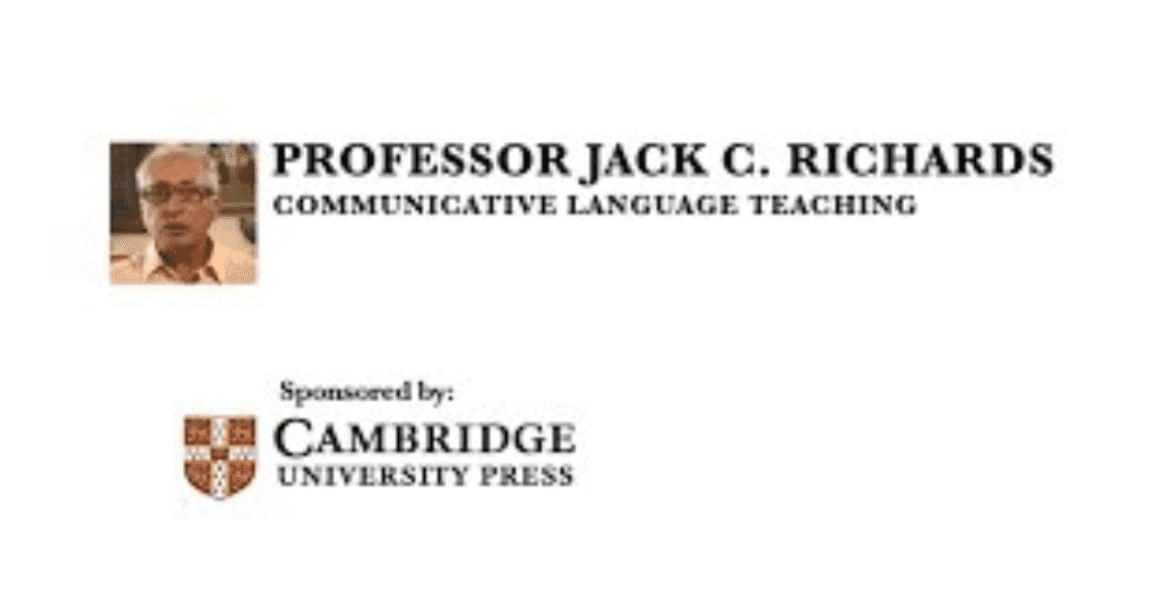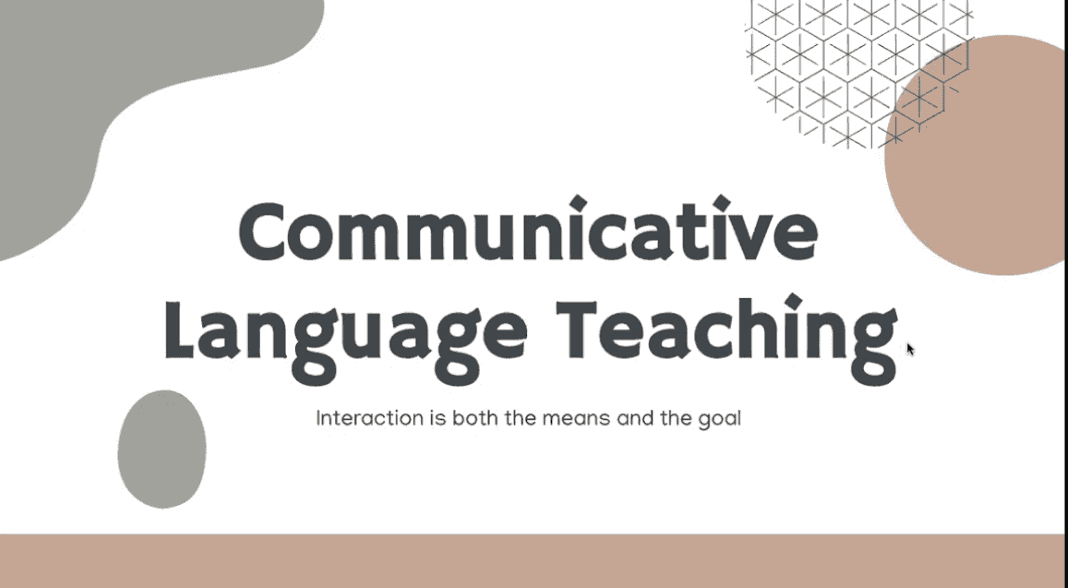
WOOTALKS: Your new testimonial series!
Join live sessions featuring real use cases shared by our users.
What is a CLT in Education?
📌 Communicative Language Teaching (CLT) is an approach to language learning that focuses on practical communication. Rather than focusing on memorizing grammar rules or vocabulary lists, CLT teaches languages through meaningful interactions and real life situations. In a CLT classroom, students learn by actively using the language in contexts they would encounter—like ordering in a restaurant, asking for directions, or discussing hobbies. This approach represents a significant shift from traditional methods that emphasized grammatical accuracy over communication skills, believing instead that students best acquire language when motivated by genuine communication needs[1][2][3].
📚 HISTORICAL DEVELOPMENT: This methodology emerged in the late 1960s and gained prominence throughout the 1970s as educators recognized the limitations of grammar-translation methods[4][5]. Pioneered by linguists like Dell Hymes, who introduced the concept of "communicative competence," CLT addressed growing needs for functional language skills in an increasingly globalized world[6][7]. The approach has evolved from its initial focus on basic communication to incorporate technological advances and theoretical insights, becoming more adaptable while maintaining its core emphasis on practical language use[8][9].
🎭 CLASSROOM IMPLEMENTATION: In CLT classrooms, teachers function as facilitators rather than lecturers, creating environments rich with authentic materials and interactive activities[2][3][10]. Typical practices include role-plays (simulating real-life scenarios like job interviews), information gap exercises (where students must communicate to complete tasks), and group discussions about contemporary topics[11][12]. Assessment focuses on successful communication rather than grammatical perfection, with students evaluated on their ability to effectively convey meaning in realistic contexts[13][14].
🌟 EFFECTIVENESS AND APPLICATIONS: CLT proves most successful in small, technology-enhanced learning environments where students actively engage in meaningful exchanges[15][16]. Research demonstrates its particular effectiveness in multicultural settings and higher education, though implementation varies across cultural contexts[17][18]. The approach outperforms traditional grammar-translation methods by developing all four language skills simultaneously (speaking, listening, reading, writing), fostering greater student motivation through relevant practice, and building confidence by accepting errors as natural learning steps[16][19][20].
Sources —
[1] https://en.wikipedia.org/wiki/Communicative_language_teaching
[2] https://bau.edu/blog/communicative-language-teaching/
[3] https://sanako.com/how-does-communicative-language-teaching-work
[4] https://www2.vobs.at/ludescher/alternative%20methods/communicative_language_teaching.htm
[7] https://www.taalhammer.com/communicative-language-teaching-clt-language-is-communication/
[8] https://theeltexchange.com/2016/03/29/brief-history-elt-part-2-communicative-language-teaching/
[9] https://gist.ly/youtube-summarizer/evolution-of-communicative-language-teaching
[10] https://sanako.com/what-are-the-advantages-of-communicative-language-teaching-clt
[11] https://sanako.com/applying-communicative-language-teaching-approach
[12] https://sanako.com/examples-of-communicative-language-teaching-activities
[13] https://www.ej-edu.org/index.php/ejedu/article/view/763
[15] https://newconcept.co.id/the-implementation-of-clt-method/
[16] https://ulilalbabinstitute.id/index.php/PESHUM/article/view/7107/5472
[17] https://journal.ypidathu.or.id/index.php/lingeduca/article/download/1338/981/16003
[18] https://files.eric.ed.gov/fulltext/EJ1457291.pdf
[19] https://sanako.com/benefits-of-communicative-language-teaching
[20] https://foster.pbi-iainpalopo.ac.id/index.php/contents/article/download/159/92
A monthly summary of our product updates and our latest published content, directly in your inbox.



